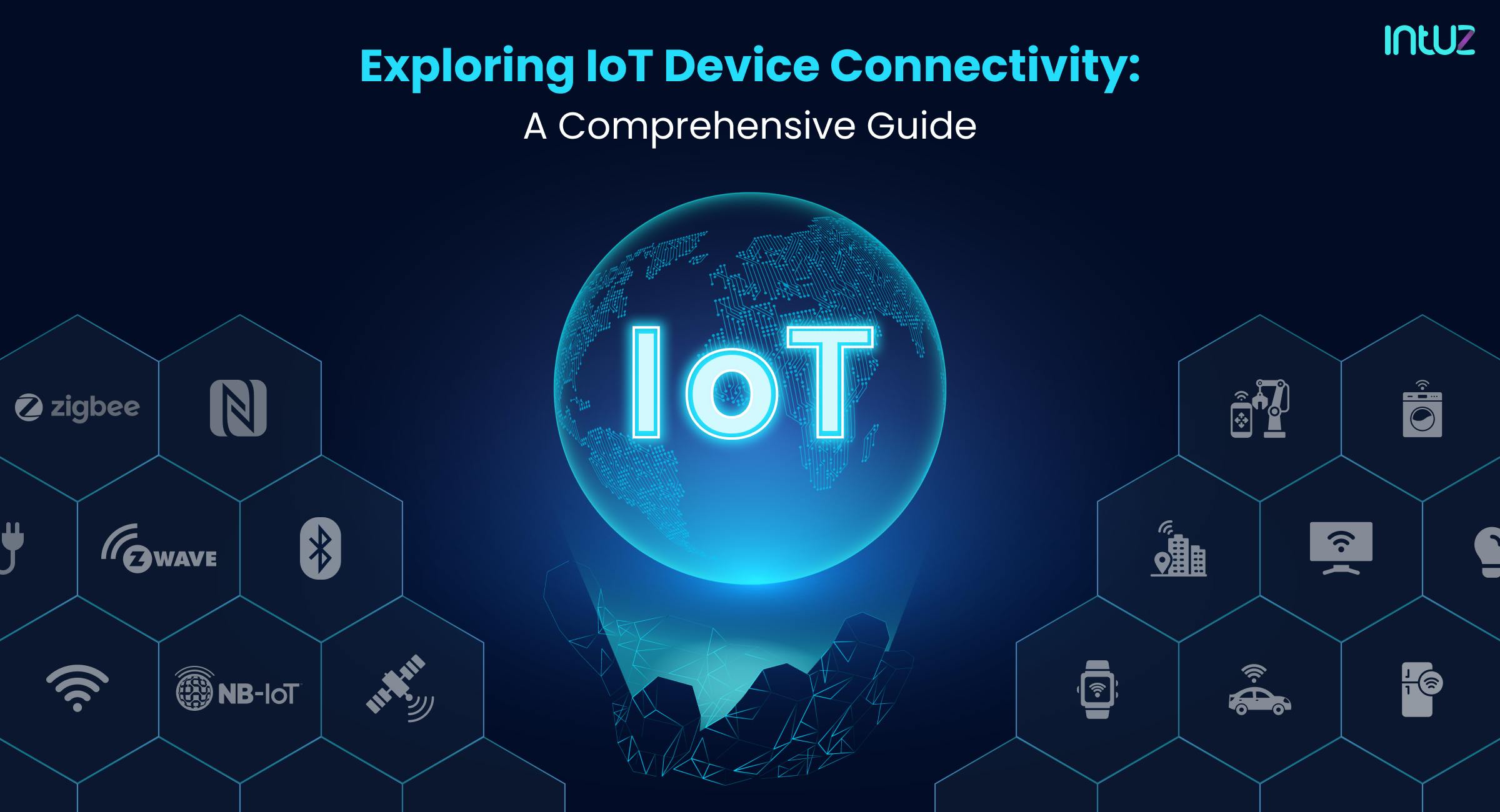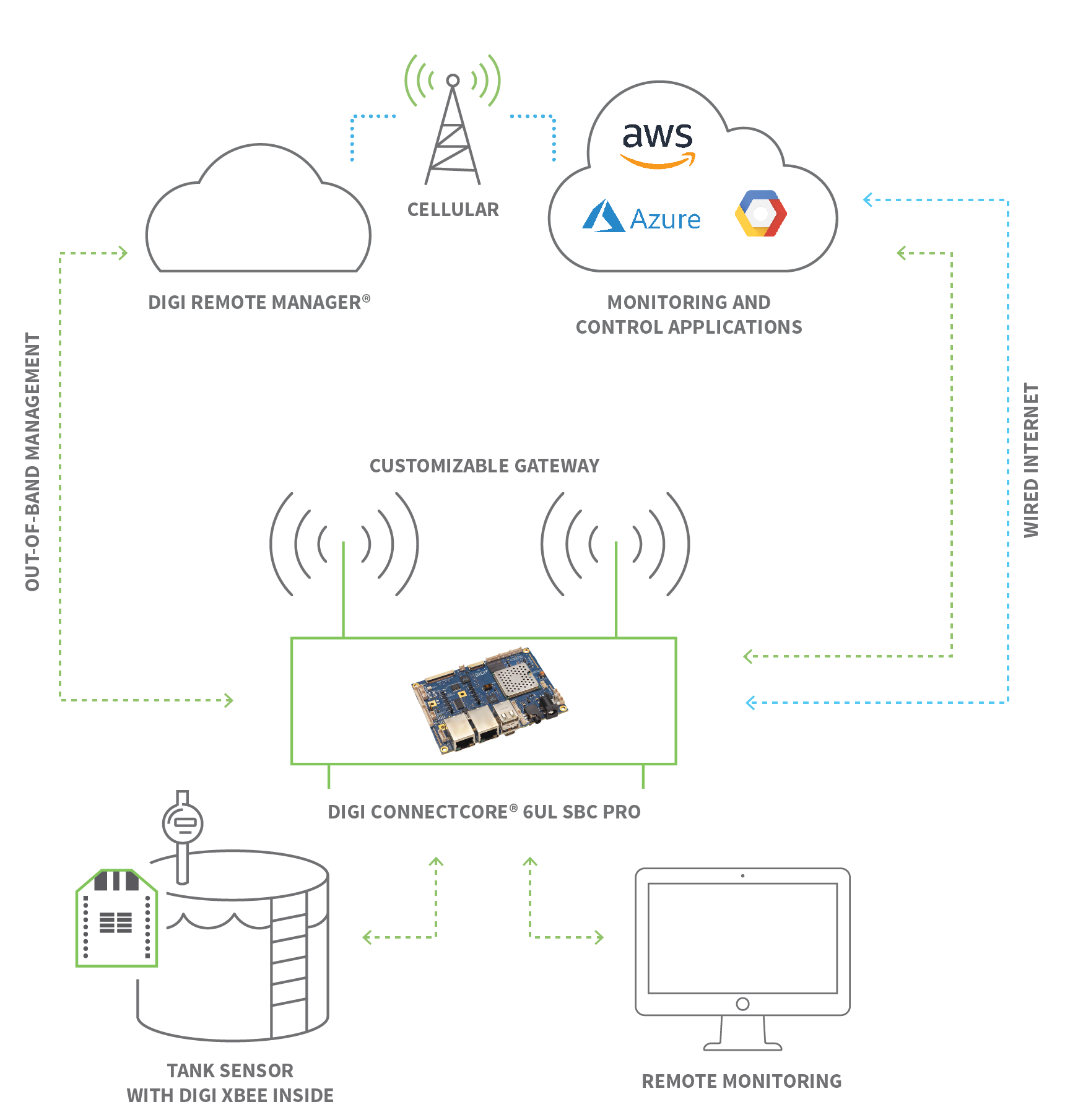Connecting IoT devices remotely is no longer a luxury but a necessity in today's tech-driven world. Imagine being able to control your smart home devices from anywhere, monitor industrial equipment in real-time, or even manage agricultural systems without stepping foot on-site. This capability opens up endless possibilities for businesses and individuals alike. Whether you're a tech enthusiast, a small business owner, or someone looking to enhance convenience in your daily life, mastering remote IoT connectivity is a game-changer.
But here’s the thing—connecting IoT devices remotely isn’t as straightforward as it seems. You need to consider security, compatibility, and reliability. The last thing you want is your smart thermostat messing up because of a weak connection or a hacker gaining access to your personal data. That’s why we’ve put together this comprehensive guide to help you navigate the complexities of remote IoT connectivity.
In this article, you’ll learn everything from setting up your IoT devices for remote access to troubleshooting common issues. We’ll also dive into best practices, tools, and strategies that’ll make your IoT setup a breeze. So buckle up, because we’re about to take you on a journey into the fascinating world of remote IoT connectivity!
- Why Filmyfly Best Movies Is Your Ultimate Streaming Destination
- Sophie Wessex Height And Weight A Royal Look Into Her Grace And Elegance
Why Connect IoT Device Remotely? Understanding the Benefits
Before we dive into the nitty-gritty of how to connect IoT devices remotely, let’s talk about why you’d want to do it in the first place. Sure, the idea of controlling things from afar sounds cool, but there’s more to it than just convenience. Remote IoT connectivity offers a ton of benefits that can transform the way you live and work.
Increased Efficiency: Imagine being able to adjust your home’s heating or cooling system while you’re still at the office. Or monitoring your factory equipment in real-time without needing to physically be there. This level of control allows you to optimize resources and save time.
Enhanced Security: With remote access, you can quickly respond to potential threats. For example, if your security camera detects unusual activity, you can take immediate action instead of waiting until you get home.
Cost Savings: Businesses can reduce operational costs by automating processes and remotely managing equipment. This means fewer site visits, lower maintenance costs, and more efficient use of resources.
Now that you know the perks, let’s move on to the technical side of things.
Setting Up IoT Devices for Remote Access
Setting up your IoT devices for remote access isn’t rocket science, but it does require a bit of planning. First things first, you need to ensure your devices are compatible with remote connectivity. Most modern IoT devices come with built-in support for this feature, but it’s always a good idea to double-check the specs.
Step 1: Choose the Right IoT Platform
Your IoT platform is the backbone of your remote connectivity setup. Platforms like AWS IoT, Microsoft Azure IoT, and Google Cloud IoT offer robust solutions for managing and connecting IoT devices. These platforms provide features like data analytics, device management, and security protocols, making them ideal for both personal and enterprise use.
Step 2: Configure Your Network
A stable and secure network is crucial for remote IoT connectivity. Start by ensuring your router supports the latest Wi-Fi standards (preferably Wi-Fi 6) and has a strong signal. You might also want to consider setting up a separate network for your IoT devices to enhance security.
Here’s a quick checklist:
- Ensure your router is up to date with the latest firmware.
- Create a guest network specifically for IoT devices.
- Use strong, unique passwords for your Wi-Fi network.
Understanding the Role of APIs in IoT Connectivity
Application Programming Interfaces (APIs) play a critical role in connecting IoT devices remotely. APIs act as the bridge between your devices and the cloud, allowing them to communicate seamlessly. Without APIs, your IoT setup would be like a car without an engine.
There are several types of APIs you can use for IoT connectivity:
- REST APIs: Simple and widely used for web-based applications.
- MQTT APIs: Lightweight and ideal for low-bandwidth environments.
- CoAP APIs: Designed for constrained devices and networks.
Choosing the right API depends on your specific needs and the type of devices you’re working with. For example, if you’re dealing with battery-powered sensors, MQTT might be the better option due to its low power consumption.
Securing Your IoT Devices for Remote Access
Security should always be a top priority when connecting IoT devices remotely. With the increasing number of cyber threats, it’s essential to take the necessary precautions to protect your devices and data.
Best Practices for IoT Security
Here are some tips to keep your IoT devices secure:
- Enable two-factor authentication (2FA) wherever possible.
- Regularly update your devices’ firmware and software.
- Use encrypted communication protocols like HTTPS or TLS.
- Avoid using default passwords and change them frequently.
By following these best practices, you can significantly reduce the risk of unauthorized access and data breaches.
Tools and Software for Remote IoT Connectivity
Having the right tools and software can make all the difference when it comes to remote IoT connectivity. Here are some of the top options available:
1. MQTT Dash
Mosquitto MQTT Dash is a powerful tool for managing MQTT-based IoT devices. It allows you to monitor and control your devices in real-time, making it perfect for remote setups.
2. Particle.io
Particle.io offers a cloud-based platform for building and managing IoT projects. It includes features like over-the-air updates, device management, and real-time data streaming.
3. Node-RED
Node-RED is a flow-based programming tool that simplifies IoT development. It allows you to create complex workflows and automate tasks without needing to write a single line of code.
These tools, among others, can help streamline your remote IoT connectivity efforts and make your life a whole lot easier.
Common Challenges in Remote IoT Connectivity
While connecting IoT devices remotely offers numerous benefits, it’s not without its challenges. Here are some of the most common issues you might encounter:
1. Connectivity Issues
Poor network coverage or unstable connections can disrupt your IoT setup. To mitigate this, ensure your devices are within range of a strong Wi-Fi signal and consider using a backup connection like cellular.
2. Security Threats
Cyberattacks targeting IoT devices are on the rise. Always keep your devices updated and use strong security measures to protect against potential threats.
3. Compatibility Problems
Not all IoT devices are created equal. Make sure the devices you’re using are compatible with your chosen platform and protocols to avoid compatibility issues.
By being aware of these challenges and taking proactive steps to address them, you can ensure a smooth and successful remote IoT connectivity experience.
Real-World Applications of Remote IoT Connectivity
Remote IoT connectivity isn’t just a theoretical concept—it’s being used in real-world applications across various industries. Here are a few examples:
1. Smart Homes
From controlling lighting and temperature to monitoring security systems, IoT devices are transforming the way we live. With remote access, homeowners can manage their smart homes from anywhere, enhancing convenience and energy efficiency.
2. Agriculture
Farmers are using IoT devices to monitor soil moisture, weather conditions, and crop health. Remote connectivity allows them to make data-driven decisions and optimize their operations, leading to increased yields and reduced costs.
3. Healthcare
In the healthcare industry, IoT devices are being used for remote patient monitoring, telemedicine, and medication management. This technology enables healthcare providers to deliver better care and improve patient outcomes.
These applications highlight the vast potential of remote IoT connectivity and its impact on various sectors.
Future Trends in IoT Connectivity
As technology continues to evolve, so does the world of IoT connectivity. Here are some trends to watch out for:
1. Edge Computing
Edge computing involves processing data closer to the source, reducing latency and improving performance. This trend is expected to revolutionize IoT connectivity by enabling faster and more efficient data processing.
2. 5G Networks
The rollout of 5G networks promises to enhance IoT connectivity with faster speeds and lower latency. This will open up new possibilities for applications requiring real-time data processing and communication.
3. AI Integration
Artificial intelligence (AI) is increasingly being integrated into IoT systems to enhance automation and decision-making capabilities. This trend will likely lead to smarter and more autonomous IoT devices in the future.
Staying ahead of these trends will help you make the most of your IoT setup and prepare for the future of connectivity.
Conclusion: Taking Your IoT Connectivity to the Next Level
We’ve covered a lot of ground in this guide, from understanding the benefits of remote IoT connectivity to exploring real-world applications and future trends. By now, you should have a solid understanding of how to connect IoT devices remotely and the steps you need to take to ensure a secure and reliable setup.
Remember, the key to successful remote IoT connectivity lies in planning, security, and staying informed about the latest developments in the field. So, whether you’re a tech-savvy individual or a business looking to leverage IoT technology, there’s no better time than now to take your connectivity to the next level.
Now it’s your turn! Have you tried connecting IoT devices remotely? What challenges did you face, and how did you overcome them? Share your experiences in the comments below and don’t forget to check out our other articles for more insights into the world of IoT.
Table of Contents
- Why Connect IoT Device Remotely?
- Setting Up IoT Devices for Remote Access
- Understanding the Role of APIs in IoT Connectivity
- Securing Your IoT Devices for Remote Access
- Tools and Software for Remote IoT Connectivity
- Common Challenges in Remote IoT Connectivity
- Real-World Applications of Remote IoT Connectivity
- Future Trends in IoT Connectivity
- Conclusion
- Unleashing The Power Of Movierulz 2025 Your Ultimate Destination For Telugu Movies
- Unlock Your Entertainment A Deep Dive Into 7starhdin


